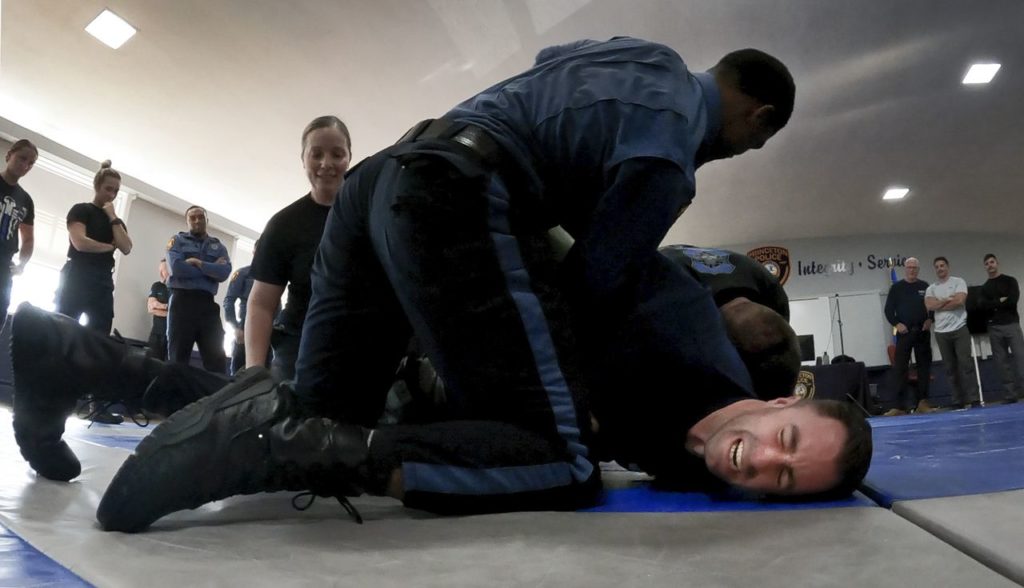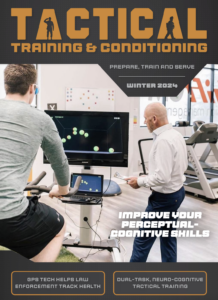Apr 18, 2022 Retaining Defensive Tactics in Police Officers

Common to defensive tactics training is the bare bones of training methods: the instructor shows a technique, the officers perform three to five repetitions of the same skill, and the group moves on to the next move.
It’s a basic approach, easy to organize, and leaves students with a low likelihood of effective performance in the field in challenging circumstances.
However, according to a recent article from Police1.com, with a simple change to the training format, skill retention can vastly improve – meaning the ability to perform skills reasonably well at a later date without warmup repetitions.
Below is an excerpt from the Police1.com article.
I wrote a lesson plan for my agency focused on control tactics and ground control. Among other skills, I included a rear takedown from a clinch position on the waist and two techniques for flattening a person on hands and knees. The latter two are moves familiar to anyone with a wrestling background as basic referee position moves, which are rarely taught to police and are greatly undervalued in my opinion.
Since these three skills were new to most of the students, instruction began with blocked practice of the movements. Students alternated repetitions with their training partners and learned the important pieces of these new motor programs.
After working on some other skills, I returned to this trio in a flow drill format as follows:
- To start: Student will perform a controlled takedown of their choosing but allow the suspect to recover to a referee position.
- Step 1: Student will assume the top referee position immediately.
- Step 2: Student will perform either referee takedown to the prone position.
- Step 3: Student will allow the suspect to work back to standing, but transition to a rear waist takedown and perform it just as the suspect is standing.
The student repeats steps one through three until the end of the time allotted for the drill.
As students worked through the drill it tended to become less structured. Training partners randomized their feeds for Steps 2 and 3, and sometimes the students would stop their partner from standing (Step 3) with an effective referee position technique (Step 2). The result was more student focus and greater learning. At the end of one session, I had a student who was smaller than me and by no means a coordinated physical specimen rag-dolling me around the mats with brand new skills in reaction to the positions I struggled into.
» ALSO SEE: Army Preps Postpartum Soldiers for ACFT Reintegration
There is an interplay of other applied training concepts in this example drill such as stimulus-response training and offering an engaging activity that improves buy-in, but for the purpose of this article, it demonstrates the application of a random practice format. If you incorporate a similar drill to this, you might even find that your students would dread returning to the tedious grind of blocked practice.
To read the full article from Police1.com about defensive tactics, click here.



